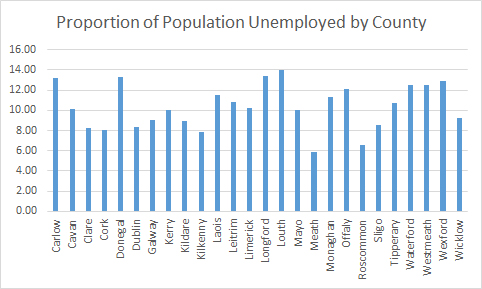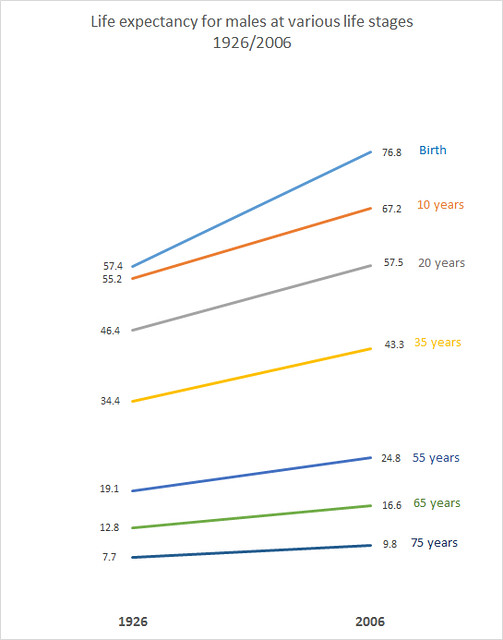I had a text message from a friend yesterday. He was in Calais, waiting to make the Channel Crossing with P&O Ferries. The company had texted him earlier to warn him of disruption but information was otherwise thin on the ground.
In fact, yesterday, if you were a P&O customer looking for information about how your crossing was going to go, from them, your information was limited to phoning a number which was on their site. In this day and age, I think that’s crazy.
My background is in the aviation sector and I know, for example, that you can, for most flight companies, get flight information through their websites and through their mobile applications. Some companies will flag serious delays via their twitter feeds and updated news information on the website. Granted, not all of them. But to a great extent, there is a recognition there that technology could be used to enhance airline to passenger communications.
My friend was told his ship was likely to be 45 minutes late when he got to check in. There wasn’t any sign of a ship though.
I see things like this as a challenge. And unlike him, I happened to be sitting at a computer.
P&O’s most useful tweets amounted to “Your ship will be late, but check in on time anyway”. They have no useful operational information on their website. So I abandoned them and went for the shipping equivalent of FlightRadar24, a website called MarineTraffic. It’s a really nifty site and from it I could identify the two P&O ferries which were en route from Dover to Calais and made an educated guess which one he would be most likely to be getting on. From that, I could tell him how far away his ferry was and at approximately what time it would arrive in Calais.
If you’re sitting on a quay in the wind and rain, and all you have to go on is your ship will probably be leaving 45 minutes late, and someone sends you a text and says “your ship is 15 minutes away from Calais at the moment”, this helps a lot. A few weeks ago, my friend did likewise for me when I was sitting in the gate area at Charles de Gaulles in Paris waiting to come back to Dublin; he checked what time the outbound flight from Dublin had left and we estimated what time the return would be leaving. People hate delays at the best of times, but delays with no concrete information, that’s really not great either.
There are two messages I take away from this.
- P&O could do a lot more to inform their passengers both via twitter and via their website. People don’t tend to want to calling automated phones for operational information any more. It’s old technology and it’s largely been superceded.
- Very often, even though the information is not straightforwardly available, it can be found somewhere. I found it and passed it on, up to and including what the state of play was later with the number of ferries arriving in Dover at approximately the same time (there were three queued up at one point).
So what would I suggest? Well, P&O need to feed operational information regarding delays to their twitter feed. My guess is that they don’t want to do this in case people just show up late to check in but people’s time is money. Perhaps we need to find away to accommodate late check in when we know a ship is going to be late. And they probably need to feed that information onto their own website although I have to say, I hope they are considering a website redesign. The site could do with it.
Marinetraffic.com has an iPad application which was very useful later when I was AFK. I’m not sure how it would behave on a phone but it definitely was better than the website is through a browser. It could well be worth the investment if you’re travelling by sea during the winter when delays and cancellations are more likely.



